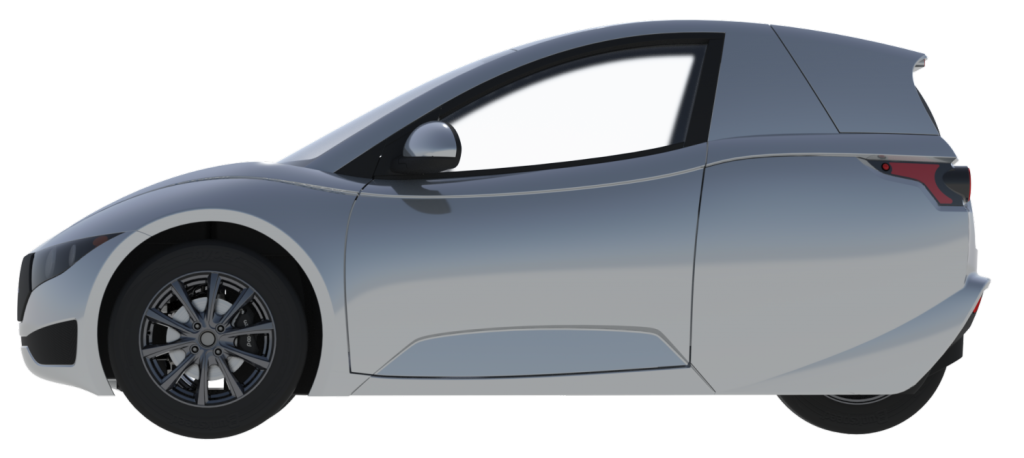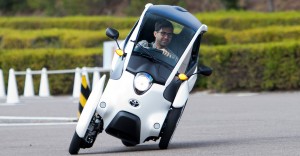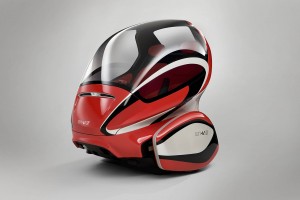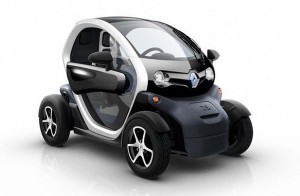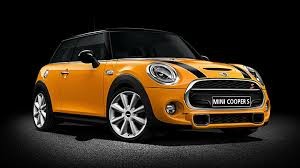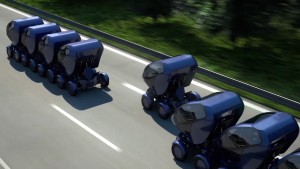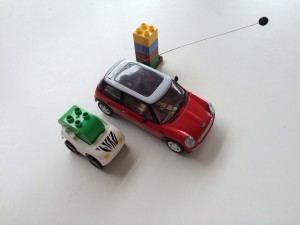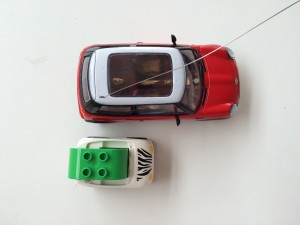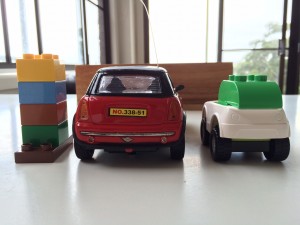In business, at times it can be hard to understand the application of the ‘big theory’ to the practical, everyday nuts and bolts of day-to-day business. And so, it can be difficult to apply Ben Thompson’s Aggregation Theory to business decisions in the context of running a small, digital content creator. Even where a clear end-goal is stated – Aggregation Theory suggests niche suppliers maximise subscription revenue via assets they control (e.g. one’s own website) - the intervening steps between having successful content and subscription Nirvana are less clear. This post is my best guess* at the application of Aggregation Theory to a situation that has arisen at another ‘actual play’ digital content producer, called The Glass Cannon Network.
Background: The Glass Cannon Podcast has been running for over four years, and grown in audience to a point where, in January of this year, it was announced that cast member, Joe O’Brien, would become the second member to quit their day job in order to help grow the podcast into a business called the Glass Cannon Network (GCN). O’Brien joins fellow cast member and CEO of GCN, Troy Lavallee, in focusing full-time on growing the podcast into a sustainable business. As they freely admit (see the quote from Troy Lavallee below, or listen to the introduction of podcast #192 – The Eyes Have It by Joe O’Brien at 2:27 onwards), this puts more pressure on GCN to succeed with monetising their content. Naturally, growing audience for their content, including a newer podcast, entitled ‘Androids & Aliens’ (A&A) is always on their mind. In April of this year, Lavallee, announced, via their blog, that they would be trialling advertisements in A&A, as well as a partnership with Starburns Audio. Starburns Audio are a studio that produce, amongst other content, the animated series, Rick & Morty. Under the agreement A&A would join Starburns’ lineup of comedy podcasts, with the content sharing (imho) a distinctive, raucous but intelligent ‘male’ humour.
Lavallee is open about his motivations for the move and also details some of the logistical constraints that inform his decision:
“If we want to compete with the shows that are getting 1 million downloads per month, partnerships like this have the potential to increase the speed at which that can happen.
“I’m sure a lot of you are curious as to whether an ad-free version will be made available either on Patreon or via a subscription service. At the moment, I don’t have any plans for that because, frankly, that’s not what this experiment is about. I also don’t want the story we’re telling with A&A tied up in that one RSS feed we have for the Patreon where their platform does not offer the functionality yet to have separate shows with their own feed. That’s not to say we won’t offer it in the future, but for right now, we need to see if this is going to work as is (sic) stands. There is a lot more at stake now than there was a year ago when people’s livelihoods didn’t depend on the success or failure of the Network. The Patreon itself is going to be undergoing changes soon as we add another show to our lineup with our upcoming Emerald Spire playthrough GM’d by Joe. We’re bringing new personalities onto the Network as well. All of these changes cost more time and money. For the cost of a cup of coffee, I want people to feel like they’re getting more than their money’s worth with Raiders and soon Emerald Spire, not bummed out about what they’re not getting.” – Troy Lavallee, CEO, GCN. Accessed 10:04am 21/6/19.
Thompson’s own thinking on the application of Aggregation Theory for content creators (‘suppliers’) is worth repeating:
“For suppliers, the antidote for Aggregation is to go direct to consumers; the key is to embrace the same forces that drive Aggregation. First, the addressable market should be the entire world, not just a limited geographic area. Second, the same sort of automated payment tools available to advertisers on Aggregators can be leveraged for consumers; indeed, the tools for consumers, particularly given the lower dollar amounts and decreased need for paperwork, can be as simple as Apple Pay, and they can scale indefinitely. Third, a freemium approach to content means that social networks can be used for user-generated marketing.” Ben Thompson, The Cost of Apple News, Stratechery.com, February 13, 2019, accessed 11/4/19, 4:57pm.
Thompson goes on to say that niche content providers (such as his own Stratechery subscription newsletter) are better served by a subscription model, seeking to extract more revenue from fewer audience members, rather than the other accepted business model, which is to seek to extract small amounts of revenue from millions of audience members via something like an advertising model. The latter assumes of course, one does have an audience of millions.
So from the above, it appears GCN is going against a tenet of Aggregation Theory, by placing its content on another platform, that they do not control, and what is more, by seeking to raise revenue by ad placements. It is unclear from the post whether the ad placements are direct advertisers, with ads embedded in the content (e.g. by having the podcast talent read the advertisement as one sees on Critical Role read out by Sam Riegel at the beginning of each show, or through Gimlet podcasts, or like the direct-to-home mattress ads one frequently hears in podcasts) or whether it is mass advertising, including algorithmic advertising that is controlled by the platform or aggregator, such as one sees on YouTube. [Edit: The Patreon page comments confirm the ads are being managed and served through Starburns – See ‘Posts’ tab on GCN’s Patreon page, especially the post dated Apr 7 4:04am – ‘Controversial Ads’]. In my understanding of Aggregation Theory, the former, direct advertising is probably okay (if the advertising directly goes to GCN), but the latter form of mass advertising is not recommended, unless the primary strategy is to leverage the platform’s network effect for building audience (i.e. the third ‘freemium approach’ quoted from Thompson above), with ad revenue a welcome by-product.
This is not to say Lavallee and co. are foolish to try what they are doing. So much of any theory, requires empirical evidence to test its accuracy and furthermore identify the thresholds for where the theory can apply or not, and to this end, Lavallee has clearly stated the exercise is an ‘experiment’ (see quote above). In terms of metrics, Aggregation Theory suggests a key performance indicator (KPI) to monitor is audience growth, especially paying subscriber growth, through GCN’s own website - that can be directly attributed to posting content on Starburns Audio. Lacking a clear metric on this, one might infer the KPI by using past data to infer attrition ratios to provide an estimate of likely subscriber take-up from audience gained on the GCN website.
Another difficulty of applying any theory in business is putting the cart before the horse. Aggregation Theory suggests a number of actions, but new content required to make a subscription offering attractive needs to be cash-flowed. Lavallee is upfront about this issue:
“The Patreon (i.e. GCN’s subscription service running on the Patreon platform) itself is going to be undergoing changes soon as we add another show to our lineup with our upcoming Emerald Spire playthrough GM’d by Joe. We’re bringing new personalities onto the Network as well. All of these changes cost more time and money. For the cost of a cup of coffee, I want people to feel like they’re getting more than their money’s worth with Raiders and soon Emerald Spire, not bummed out about what they’re not getting.” – Troy Lavallee, CEO, GCN accessed 11:10am 21/6/19. Parentheses added.
Clearly, Lavallee and co. have the right idea: They wish to make a subscription offering that is outstanding value for GCN’s subscribers. The difficult question is how much GCN can dance with potential rival niche content aggregators like Starburns Audio and Geek & Sundry?
[Edit 23/6/19: A few hours after I posted my musings, I was alerted on Twitter of GCN reaching 6000 subscribers on their Patreon account. The following italicised text is written in response to that update:
Is there another way for GCN to increase their financial viability without partnering with Starburns? Once again, this is an empirical question that should be carefully tested.
However, prima facie, GCN appears to have recently reached a position of strong cashflow. At the time of writing, GCN’s Patreon following was 6,019 patrons, paying $40,816 per month with a stated aim of reaching $50,000 per month. Despite the fact that Patreon subscribers may unsubscribe at the end of each month, this campaign is a clear indication that GCN are on the right path by developing a subscription following for their content. It also points to GCN being in a strong cashflow position for the short-term (say, 6-12 months of ‘runway’).
However, it begs the question, why doesn’t GCN use this revenue to fund targeted ad campaigns over social networks, such as YouTube and Patreon?
The obvious (and fair) answer is that they have only recently reached these levels on their Patreon campaign and have not had time to reflect upon things yet.
So what should GCN do assuming Aggregation Theory is correct? From personal (nerdy) experience, I have found new ‘actual play’ role-playing game content on YouTube via YouTube advertising suggestions placed in the leading ‘actual play’ role-playing YouTube channel, Critical Role (Mentioned in many of my previous blogposts). This to me appears to be the right approach for niche digital content providers who have the cash flow (whether available via ‘bootstrapping’ and/or debt): i.e. Leverage social networks and, as Thompson said above: “(E)mbrace the same forces that drive Aggregation”.
Teaming up with Starburns brings GCN’s niche content to a niche ‘aggregator’ (here I’m using the term in the non-Aggregation Theory sense of a site that simply adds lots of similar niche content, such as Geek & Sundry). Ultimately, the success of the Starburns partnership for GCN will be determined by what deal is struck and the goals GCN have set for themselves for this partnership. What is clear though is that, according to my own interpretation of Aggregation Theory, it definitely benefits Starburns, who will be in a better position to leverage the model suggested by Thompson: Driving people to subscribe to their niche content site that they, Starburns, control.
In contrast, if cash flow is not an issue, a targeted YouTube ad campaign (and perhaps in the near future, a Spotify ad campaign?) provides a clearly measurable Return on Investment (RoI) to GCN that can be tweaked and tested over time.
Note too, in my interpretation, this article by Ben Thompson flags a poor outcome for niche aggregators, such as Starburns, who might come to depend upon revenue raised through advertising in the style of Google AdSense or YouTube (i.e. algorithmically inserted pre-, mid- and post- roll ads etc.)
End of 23/6 edit.]
I look forward to seeing future steps by GCN and similar businesses. To my mind, these types of digital content businesses are at the forefront of a living experiment in business model innovation in this brave new paradigm. I welcome thoughts and suggestions on this topic and wish the GCN the best of luck on their quest for the monetization Holy Grail.
[Edits were made on 24/6 to acknowledge the short period between the Starburns deal and the recency of reaching US$40K on their Patreon campaign.]

